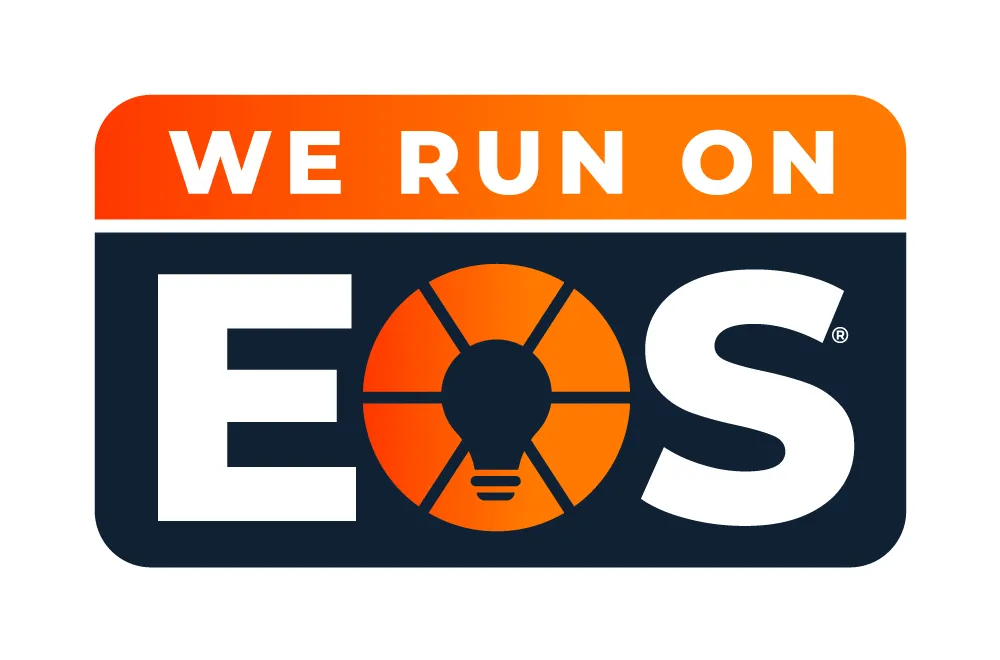
Is Your Company Stuck In the Innovation Desert?
“Innovation distinguishes between leaders and followers." These words by Steve Jobs encapsulate the critical importance of innovation in today's business landscape. It's the driving force behind a company's ability to survive and thrive in an ever-changing market. However, while startups and Fortune 500 companies often make headlines for their innovative strides, there exists an 'innovation desert' in the midsize company sector.
Startup companies are practically synonymous with innovation. Their very existence and future growth hinge on their ability to introduce new ideas, products, or services. In the initial stages, these companies are agile, willing to take risks, and inherently driven by the need to carve out a market niche for themselves. Innovation for startups is not just a strategy; it's a survival mechanism. They need to continually evolve to find the right product-market fit and generate sustainable revenue streams.
On the other end of the spectrum are the Fortune 500 companies. These industry giants have the resources and capital to establish entire departments dedicated to innovation. They understand that to maintain their market dominance, they cannot rest on their laurels. As such, they invest heavily in research and development, seeking to continuously improve their products and services or create entirely new categories of offerings. These companies have the infrastructure to support long-term innovation strategies, allowing them to stay ahead of emerging trends and technologies.
The Challenge in Midsize Companies
The real challenge lies in the middle – the midsize companies. These organizations often find themselves in an innovation desert. After surpassing the startup phase and achieving a level of success, many midsize companies hit a plateau. The focus shifts from innovation to operational excellence. The initial drive to innovate that once propelled them forward gives way to a focus on optimizing processes, cutting costs, and improving margins. This shift, while important for business stability, can inadvertently stifle creativity and innovation.
Why Midsize Companies Get Stuck
So, why do midsize companies often get stuck in this innovation desert? The primary reason is the focus on operational excellence. As these companies grow, they start to prioritize efficiency and process optimization. The goal becomes more about maintaining the status quo and less about disrupting it. There's a certain comfort in predictability and stability, especially after the tumultuous startup phase. However, this comfort can be deceptive. In a rapidly evolving market, standing still is akin to moving backwards. The focus on operational excellence, while beneficial in the short term, can blind these companies to the need for continuous innovation.
Midsize companies need to recognize that innovation is not just for startups or corporate giants. It's a necessity for businesses of all sizes. As Jim Collins says in Good To Great, they must find a balance between preserving the core and stimulating progress. This balance can be achieved by fostering a culture that encourages creative thinking and risk-taking. Midsize companies can innovate by leveraging their existing strengths, such as their agility, closer customer relationships, and niche market knowledge.
What Midsize Companies Can Do
One effective approach for midsize companies is to build a Strategic Innovation Engine. This involves maintaining core operations while simultaneously experimenting with new ideas and business models. This could mean setting up a dedicated innovation council. The key is to create an environment where innovation is not an afterthought but a fundamental aspect of the business strategy.
In conclusion, the innovation desert that midsize companies find themselves in is not insurmountable. It requires a shift in mindset from solely focusing on operational excellence to embracing the necessity of continuous innovation. By doing so, midsize companies can reinvigorate their growth, stay relevant in their markets, and potentially become the disruptors of their industries. As they navigate this terrain, they'll find that the innovation desert can, in fact, be a fertile ground for new ideas and unprecedented growth.







